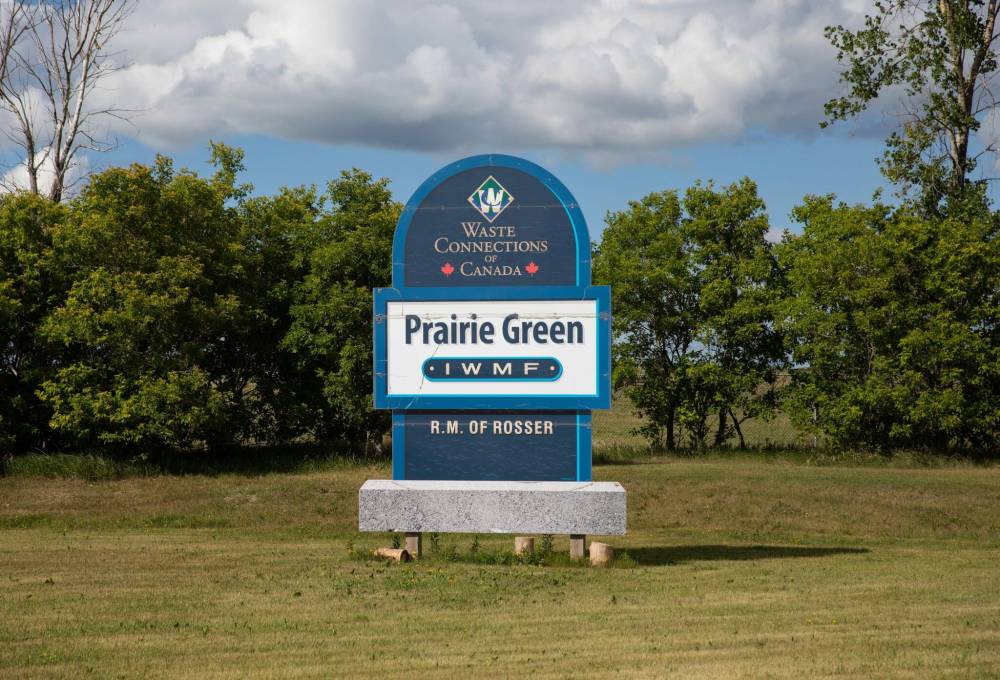Time to get the work started
Advertisement
Read this article for free:
or
Already have an account? Log in here »
To continue reading, please subscribe:
Monthly Digital Subscription
$0 for the first 4 weeks*
- Enjoy unlimited reading on winnipegfreepress.com
- Read the E-Edition, our digital replica newspaper
- Access News Break, our award-winning app
- Play interactive puzzles
*No charge for 4 weeks then price increases to the regular rate of $19.00 plus GST every four weeks. Offer available to new and qualified returning subscribers only. Cancel any time.
Monthly Digital Subscription
$4.75/week*
- Enjoy unlimited reading on winnipegfreepress.com
- Read the E-Edition, our digital replica newspaper
- Access News Break, our award-winning app
- Play interactive puzzles
*Billed as $19 plus GST every four weeks. Cancel any time.
To continue reading, please subscribe:
Add Free Press access to your Brandon Sun subscription for only an additional
$1 for the first 4 weeks*
*Your next subscription payment will increase by $1.00 and you will be charged $16.99 plus GST for four weeks. After four weeks, your payment will increase to $23.99 plus GST every four weeks.
Read unlimited articles for free today:
or
Already have an account? Log in here »
Hey there, time traveller!
This article was published 26/03/2024 (629 days ago), so information in it may no longer be current.
It doesn’t look like much of anything from the road — little more than a low hill against the horizon on the east side of Manitoba Route 7, heading north out of Winnipeg.
There’s still some scattered patches of snow and ice, but like much of Manitoba early spring, the description “wasteland” can’t help but come to mind.
But there’s a particular amount of horror in that particular stretch of ground, especially behind the mound where the active portion of Prairie Green landfill sits, not all that far south of the Stony Mountain prison.

JESSICA LEE / WINNIPEG FREE PRESS/File
The Prairie Green Landfill, July 7, 2023.
Prairie Green is where the remains of Marcedes Myran and Morgan Harris are believed to be located. Myran and Harris are two of the women who are alleged to be victims of Jeremy Skibicki, who goes to trial in April, charged with first-degree murder in their deaths, and in the deaths of Rebecca Contois and an unidentified woman known as Buffalo Woman (Mashkode Bizhiki’ikwe).
On Friday, the federal and provincial governments each committed $20 million to start a search for their remains, a financial commitment to match the verbal commitments both governments have made in the past.
Good.
There are now hopes that the search could start as early as this spring.
Some parts of the announcement may make people curious: the latest report examining the potential costs of the search suggested the cost could reach $90 million — the $40 million that’s been committed so far is clearly less than half of that.
It’s important to remember that the $90 million estimate is an “as much as” estimate — in other words, that’s the amount it could cost if the search ends up excavating every part of the section of the waste site where the truck suspected of carrying bodies might have unloaded.
Using information supplied by the Winnipeg Police, the original feasibility report about the possible search points out that the bodies were believed to have been dumped in the same dumpster in the 1300 block of Henderson Highway — Harris on May 3, 2022, and Myron on May 10. The report also details that dumpster was emptied by a Green for Life truck on May 16 at 6:38 a.m., and then taken to the Prairie Green site, where the truck was emptied in an area known as cells 15/13.
Prairie Green halted all dumping in those two cells on June 20, 2022. It has stayed that way since then, meaning the area in question holds waste for 34 days after it was believed the bodies were dumped, and for roughly 45 days before that: cells 13 and 15 only started to be used at the beginning of April 2022.
There are some bluntly pragmatic elements to the search: things collected in the search, like discarded newspapers or other written material with dates on them, could quickly narrow down the area to be searched. Quite simply, it’s hard to know how much of the landfill will have to be excavated until the search is underway. It’s almost unfathomable that the federal and provincial governments would stop the search if the searchers reach the end of the current funding commitment.
There are also some bluntly pragmatic arguments being made that the money could be better spent to help the living: it’s accurate that there are plenty of things that can and should be done to protect people at risk and living in dangerous conditions.
The simple fact is that those things should be done anyway, as a matter of public policy.
And if they had been done as a matter of course and good government, perhaps we would not have the moral obligation to search Prairie Green now.
It’s a moral obligation that we can’t decide to simply ignore.





